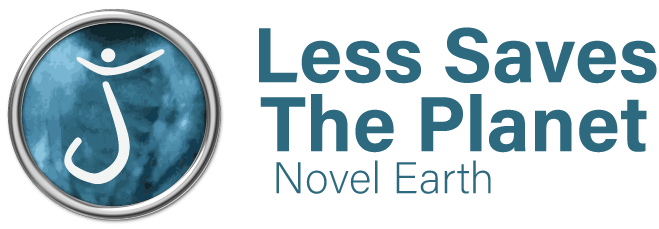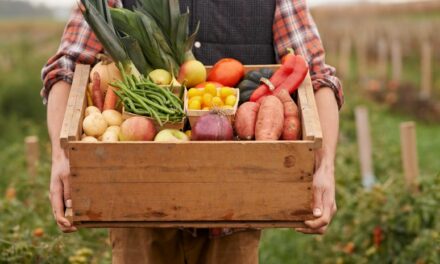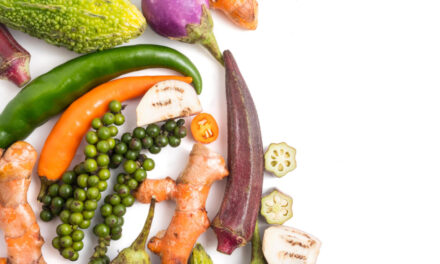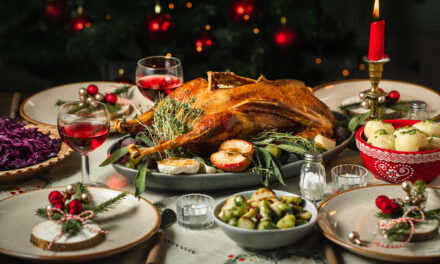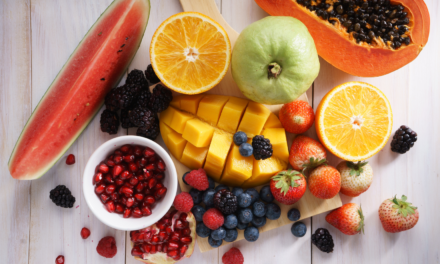
How to choose your plant milk?

Plant milk is currently very popular, and has even taken over our supermarkets ! In addition to its delicious taste, plant milk can be a boon for your body. The plant milk market is growing in France, according to the newspaper “Midilibre”, today one French person in four consumes it ! This milk has a wide range of choices with different effects on our body as well as on our beautiful planet. But what choice should we make ? Find out now how to choose your vegan milk !
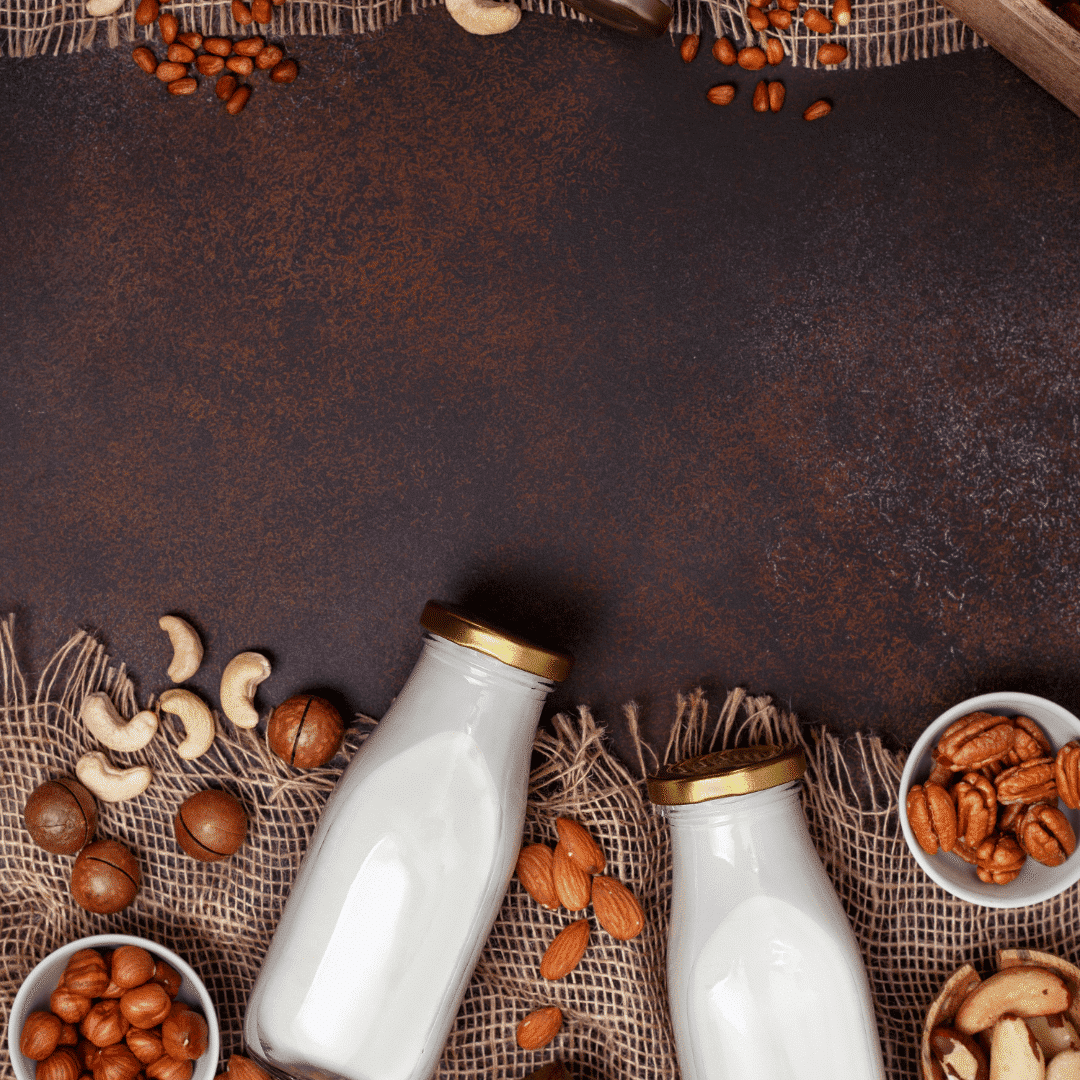
The benefits of plant milk
Vegetable milk can only be beneficial to you. Indeed, for all those who are lactose intolerant or those who have digestive problems, you will find your pleasure with this milk!
As mentioned before, this milk is lactose-free: Vegetable milk is not milk but a mixture of crushed dried fruit and water. But what are the points to discover?
It is a source of good fats: With the attributes of dried fruits such as almonds, coconuts or hazelnuts, it contains mono- and polyunsaturated fats that are very beneficial for the cardiovascular system.
It does not contain cholesterol: Animal milk, especially cow’s milk, contains cholesterol. With plant milk, there is no question: it simply does not contain any. For all those who have cholesterol, plant milks are for you.
Plant milk is a source of vitamins and minerals: Whether it comes from oats, soya or coconut, this drink is by definition of plant origin. As a result, it is very rich in vitamins and minerals.
Plant milk is gluten-free Most plant-based drinks are gluten-free. People who are sensitive to gluten can therefore drink them without moderation. However, this is not the case with oat or spelt milk.
If you drink it every day, you can forget about cow’s milk and even better, you can become completely addicted to it! The reason? It’s because it has an extraordinary composition
Vegetable milk has :
– Calcium
– Magnesium
– Protein
– Potassium
– Vitamins A,B,C,E
Depending on their basis, each plant milk has different properties and qualities. It is therefore important to be aware of them in order to make the right choice for consumption. The choice is very wide indeed, especially if you make plant milks yourself!

How to choose your plant milk?
The choice of a plant-based drink and its capacity is unlimited. But which ones are the best? And how do you choose them according to your needs?
– Soy milk is the consumer’s favourite, as it is the milk that is richest in plant proteins, fibre and calcium. Do you want energy? This milk is ideal for you. This drink is an excellent alternative to cow’s milk. However, it is not recommended for pregnant and breastfeeding women.
– Rice milk is the softest and most easily digestible milk, it provides silicon and can become essential for your bones. The disadvantage is that it has a high glycemic index, so diabetics are advised to limit their consumption. The high glycemic index can also lead to weight gain. It also has a low protein content. Rice milk is an asset against digestion problems. It gives strength to the muscles and brain and helps to reduce cholesterol.
– Almond milk contains a lot of calcium, iron, magnesium and protein. It is very low in fat and low in calories. It is a very good nutrient and is ideal if you have intestinal problems. However, it is not recommended for people with nut allergies.
– Chestnut milk is rich in sugar and can be a good product for those who suffer from stomach acid.
– Hazelnut milk is the sweetest of its kind, naturally sweet, rich in carbohydrates and not very calorific. It also has a lot of potassium. This milk is very good for people who suffer from cardiovascular disease.
– Oat milk is rich in fibre, unsaturated fatty acids, magnesium and iron. Plant milk is very interesting from a nutritional point of view. This vegetable drink is beneficial for people with diabetes and cholesterol. Oat milk is a creamy drink with a cereal taste.
– Walnut milk: Walnut milk helps to regulate bowel movements and prevents constipation. Its high calcium and monounsaturated fatty acid content makes it an energy concentrate.
– Coconut milk: Very rich and fatty. Coconut milk is an excellent light drink. Less sweet than other vegetable drinks, coconut milk remains the drink with the most flavour. It can even be used to flavour sweet or savoury recipes.
– Quinoa milk: This drink is very easy to digest. It is rich in minerals and gluten-free, which makes it an interesting alternative for people with gluten intolerance. It has a strong taste, which some people may not like.
– Spelt milk: Spelt is an ancient variety of wheat, much more easily digestible. It contains vitamins B, D and E (antioxidant), calcium, iron and magnesium.
You can therefore choose your plant milk according to your taste, but also according to your needs. Their nutritional content is rich and unlimited, so you can vary the flavours. Unfortunately, as mentioned, some people cannot consume them or limit their consumption. It is therefore very important to know what ingredients your plant milks contain.
However, if you opt for plant milk in the supermarket, beware of the sugar. Soy and oats mixed with water are rather bland. For this reason, manufacturers add a lot of sugar. They also add flavourings such as chocolate or vanilla to add flavour.
The oilseed content (hazelnuts, almonds, etc.) of industrial vegetable drinks is very low, as Florence Foucaut, a dietician, points out: “Industrial almond milk sometimes contains only 3% real almonds.
According to her, there are also additives in some vegetable drinks. Some are natural and safe, such as guar, but others can cause damage to the body. This is the case with “glutamate”, which is responsible for certain brain disorders, for example.
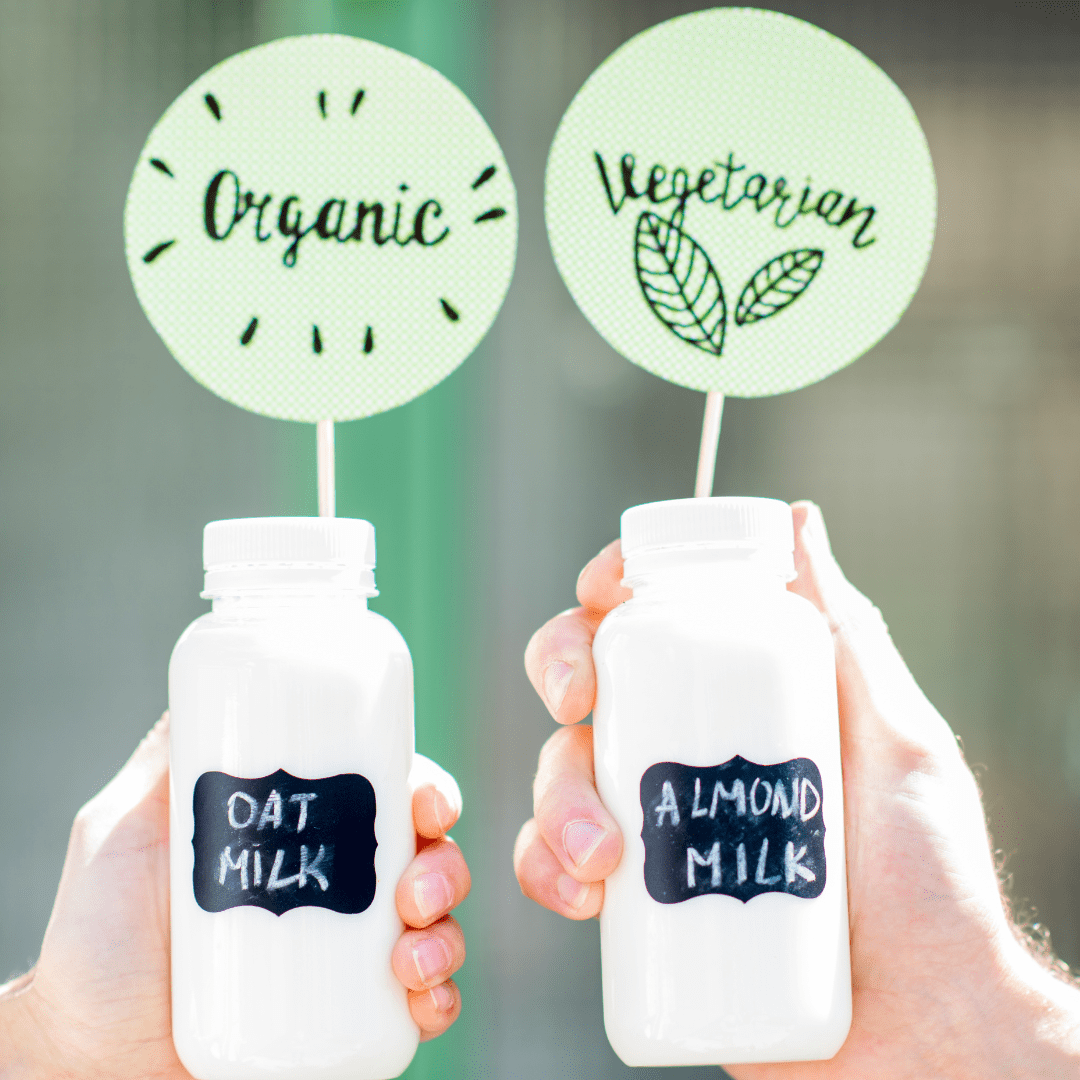
Plant-based milk, what choice to make for our planet
According to Science Magazine, almond milk is the most water-intensive, consuming 371 litres of water. By comparison, cow’s milk consumes more than 628 litres, while almond milk consumes only 60% of this amount. Soy milk has the lowest rate, consuming only 28 litres. In terms of CO2 emissions, soya milk produces the least: 1kg. Cow’s milk emits 3.2 kg, almost three times as much.
As you can see, soya milk uses the least amount of water and CO2. However, choose Soya from France, because unfortunately soya is one of the main drivers of deforestation in South America. The extension of these soybean fields are the main causes of the destruction of huge forest ecosystems (Amazon, Cerrado, Gran Chaco)
France continues to import this soya to create vegetable milk or to feed animals in industrial farms. For this reason, it is important to choose local soya. It is therefore very important to choose well for your health and the planet.
The best way to ensure that your milk is of good quality is to produce it yourself. Indeed, by using ingredients that are 100% safe for your health and the environment, you can obtain the best plant milk in the world!
The recipe for plant milk with oats
Ingredients for 1L of plant milk :
– 100g oats
– 1.2L of water
– optional: sugar, vanilla extract to sweeten your plant milk
Preparation in 3 steps
1) Soak the oats in 1.2L of water for 1 hour
2) Pour the mixture into a blender and blend for a few minutes, adding sugar or vanilla extract
3) After blending, strain the liquid through a cheesecloth, a thin cloth over a container and press the cloth to speed up the filtering of the plant milk
That’s it, you have your delicious plant milk, 100% Natural, zero waste! You now have all the tips to choose the ideal plant milk, now you have no excuse!
To find all our news, find us on Instagram and on our Twitter account.
We publish daily on our social networks so that you can be up to date every day. You can also share our content on your own networks from the options at the bottom of the page!
See the article on GENEVA MARRIOTT HOTEL, A COMMITTED HOTEL
The preservation of clean water and access to it for all is at the heart of Less Saves The Planet’s commitments. You can now read Chapter 4 SAVING WATER AND THE EARTH from our book Less Saves The Planet available for free. The entire book is also available on our website.
See you soon for our next article!

